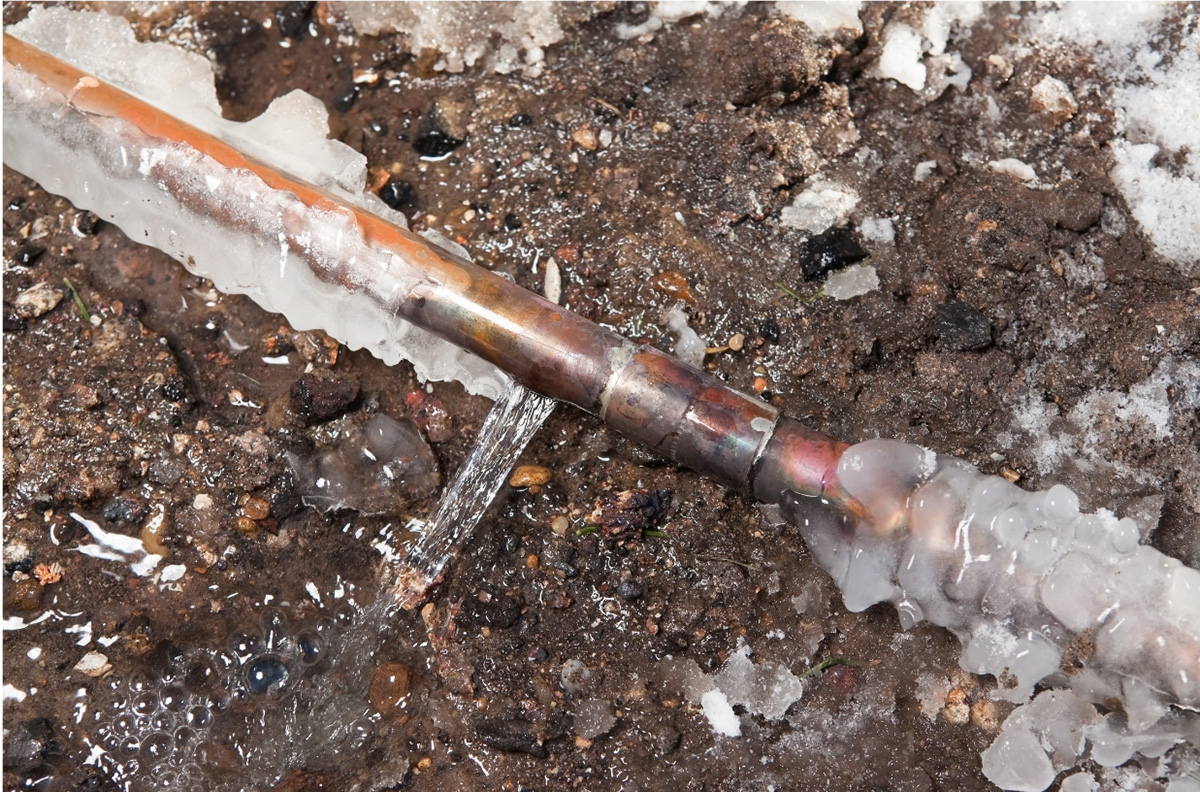Protecting Against Frozen Pipes in Cold Weather: Expert Strategies
Protecting Against Frozen Pipes in Cold Weather: Expert Strategies
Blog Article
Almost everyone seems to have his or her own thinking involving How to prepare your home plumbing for winter weather.

Winter can damage your pipes, particularly by freezing pipes. Right here's how to avoid it from occurring and what to do if it does.
Intro
As temperature levels drop, the risk of frozen pipes boosts, possibly bring about costly fixings and water damage. Comprehending exactly how to avoid frozen pipes is crucial for homeowners in cold climates.
Prevention Tips
Insulating vulnerable pipelines
Cover pipelines in insulation sleeves or use warm tape to protect them from freezing temperatures. Focus on pipelines in unheated or external areas of the home.
Home heating strategies
Keep interior rooms adequately heated up, especially areas with pipes. Open up cabinet doors to allow cozy air to circulate around pipelines under sinks.
How to recognize icy pipes
Seek reduced water circulation from faucets, uncommon smells or noises from pipelines, and visible frost on exposed pipelines.
Long-Term Solutions
Structural adjustments
Consider rerouting pipes far from outside wall surfaces or unheated areas. Add added insulation to attic rooms, cellars, and crawl spaces.
Upgrading insulation
Buy top notch insulation for pipelines, attics, and walls. Proper insulation assists preserve consistent temperature levels and decreases the threat of frozen pipelines.
Securing Exterior Pipes
Yard hoses and outdoor taps
Separate and drain pipes garden hoses before winter season. Install frost-proof faucets or cover outdoor taps with shielded caps.
Comprehending Icy Pipes
What triggers pipelines to ice up?
Pipes freeze when subjected to temperature levels below 32 ° F (0 ° C) for extended periods. As water inside the pipes ices up, it increases, taxing the pipe wall surfaces and potentially creating them to rupture.
Threats and damages
Icy pipes can bring about water system disruptions, residential or commercial property damages, and pricey repair work. Ruptured pipes can flood homes and trigger considerable structural damage.
Indicators of Frozen Pipes
Identifying frozen pipelines early can stop them from breaking.
What to Do If Your Pipes Freeze
Immediate actions to take
If you think frozen pipes, keep taps open to soothe stress as the ice melts. Utilize a hairdryer or towels taken in hot water to thaw pipes slowly.
Conclusion
Avoiding frozen pipes calls for aggressive actions and fast actions. By comprehending the causes, indicators, and safety nets, house owners can safeguard their plumbing throughout winter.
5 Ways to Prevent Frozen Pipes
Drain Outdoor Faucets and Disconnect Hoses
First, close the shut-off valve that controls the flow of water in the pipe to your outdoor faucet. Then, head outside to disconnect and drain your hose and open the outdoor faucet to allow the water to completely drain out of the line. Turn off the faucet when done. Finally, head back to the shut-off valve and drain the remaining water inside the pipe into a bucket or container. Additionally, if you have a home irrigation system, you should consider hiring an expert to clear the system of water each year.
Insulate Pipes
One of the best and most cost-effective methods for preventing frozen water pipes is to wrap your pipes with insulation. This is especially important for areas in your home that aren’t exposed to heat, such as an attic. We suggest using foam sleeves, which can typically be found at your local hardware store.
Keep Heat Running at 65
Your pipes are located inside your walls, and the temperature there is much colder than the rest of the house. To prevent your pipes from freezing, The Insurance Information Institute suggests that you keep your home heated to at least 65 degrees, even when traveling. You may want to invest in smart devices that can keep an eye on the temperature in your home while you’re away.
Leave Water Dripping
Moving water — even a small trickle — can prevent ice from forming inside your pipes. When freezing temps are imminent, start a drip of water from all faucets that serve exposed pipes. Leaving a few faucets running will also help relieve pressure inside the pipes and help prevent a rupture if the water inside freezes.
Open Cupboard Doors
Warm your kitchen and bathroom pipes by opening cupboards and vanities. You should also leave your interior doors ajar to help warm air circulate evenly throughout your home.

Do you really like more info about How To Avoid Freezing Pipes? Post a remark directly below. We would be delighted to see your responses about this content. We hope to see you back again soon. Loved our content? Please share it. Help other people discover it. We love reading our article about 6 Ways to Prevent Frozen Pipes.
Book-Now Report this page